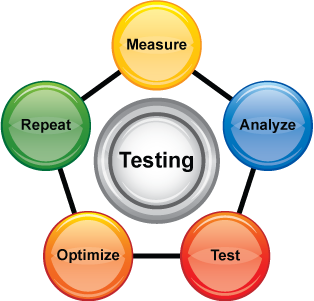
Speaking is a valuable skill to develop in language learners for communicative purposes. Thus, assessing speaking becomes relevant; otherwise, if we neglect assessing it, we would be sending a double message. Nevertheless, objective testing may be challenging due to reliability issues concerning possible subjectivity in grading it by trained (or not) raters, plus other issues like lack of time, number of students, administrative difficulties. But with the importance of Rnglish as a universal language, language teachers must test speaking progress in our students.
THEORY OF SPEAKING ASSESSMENT
Different abilities are simultaneously used when speaking. These are:
-Grammatical competence
-Discourse competence
-Sociolinguistic competence
-Strategic competence
CATEGORIES OF ORAL SKILLS
Oral skills can be categorized as routine skills, which are associated to spoken language that is used for daily routines, such as asking for directions, and improvisational skills, which are used to keep a conversation or for negociation.
DESIGNING SPEAKING ASSESSMENTS
Prior considerations:
-Place and equal focus on fluency and accuracy
-To ensure inter-rater reliability, give relative weight to accuracy (grammar), vocabulary, linguistic ability (pronunciation, intonation, and stress), fluency (ability to express ideas), and content or ideas.
-Use multiple raters for reliability. For the exam, there could be two raters, the interlocutor, who interacts with the student being tested, and the assessor, who writes scores and makes notes. Then, both negociate the final score or take an average of the two marks.
-Simplify by using a scoring sheet with criteria for assessment.
-Leave a space for comments that wil serve as feedback to the student.
DESIGNING SPEAKING ASSESSMENT
Start with a simple task to calm students during the test, and use a variety of methods and techniques.
Formal Speaking Assessment Techniques
All students should be tested under reliable and standard conditions at least once during the course. According to Canale (1984), students perform better if they follow these steps:
-Warm up to relax students and to obtain basic information from the student.
-Level check the assessor gives questions or situational activities to determine the student´s level of proficiency.
-Probe to check the student´s level or to make him/her go beyond his/her abilities.
-Wind down by talking a little to the student. This part is not scored.
VARIATIONS ON THE FRAMEWORK
The following is a list of common tasks that may be used fot the level-check stage.
-Picture cue
-Prepared monologue
-Role play
Information-gap activities
CLASSROOM SPEAKING ASSESSMENT TECHNIQUES
-Oral presentations
-Debate on controversial topic
-Reading aloud
-Retelling stories
-Verbal essays
-Extemporaneous speakinG
A LAST TIP REGARDING ADMINISTRATIVE ISSUES
In regular classrooms, a tip is to assess speaking skills by selecting two or three students in a regular class period and focus on their performance. do this regularly to track students´progress.






